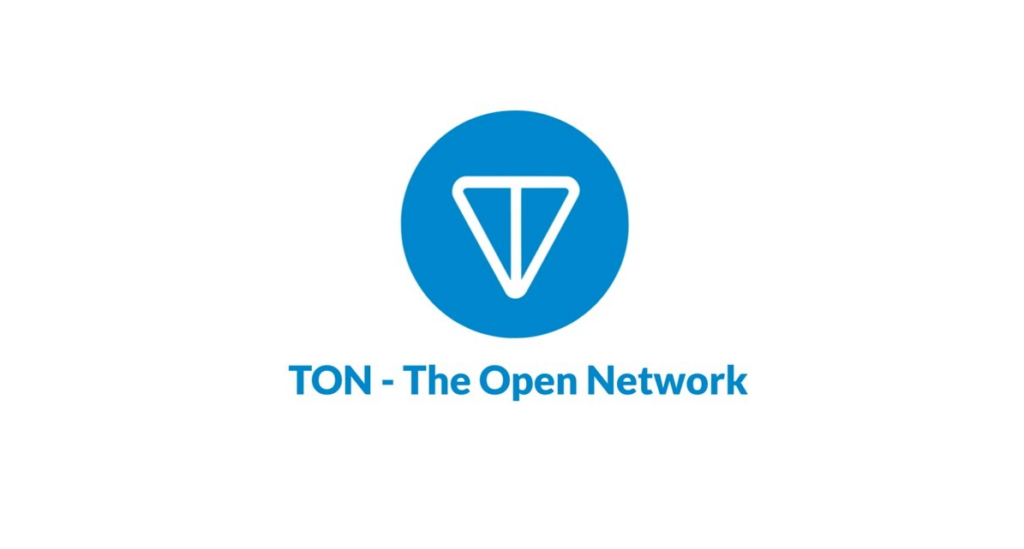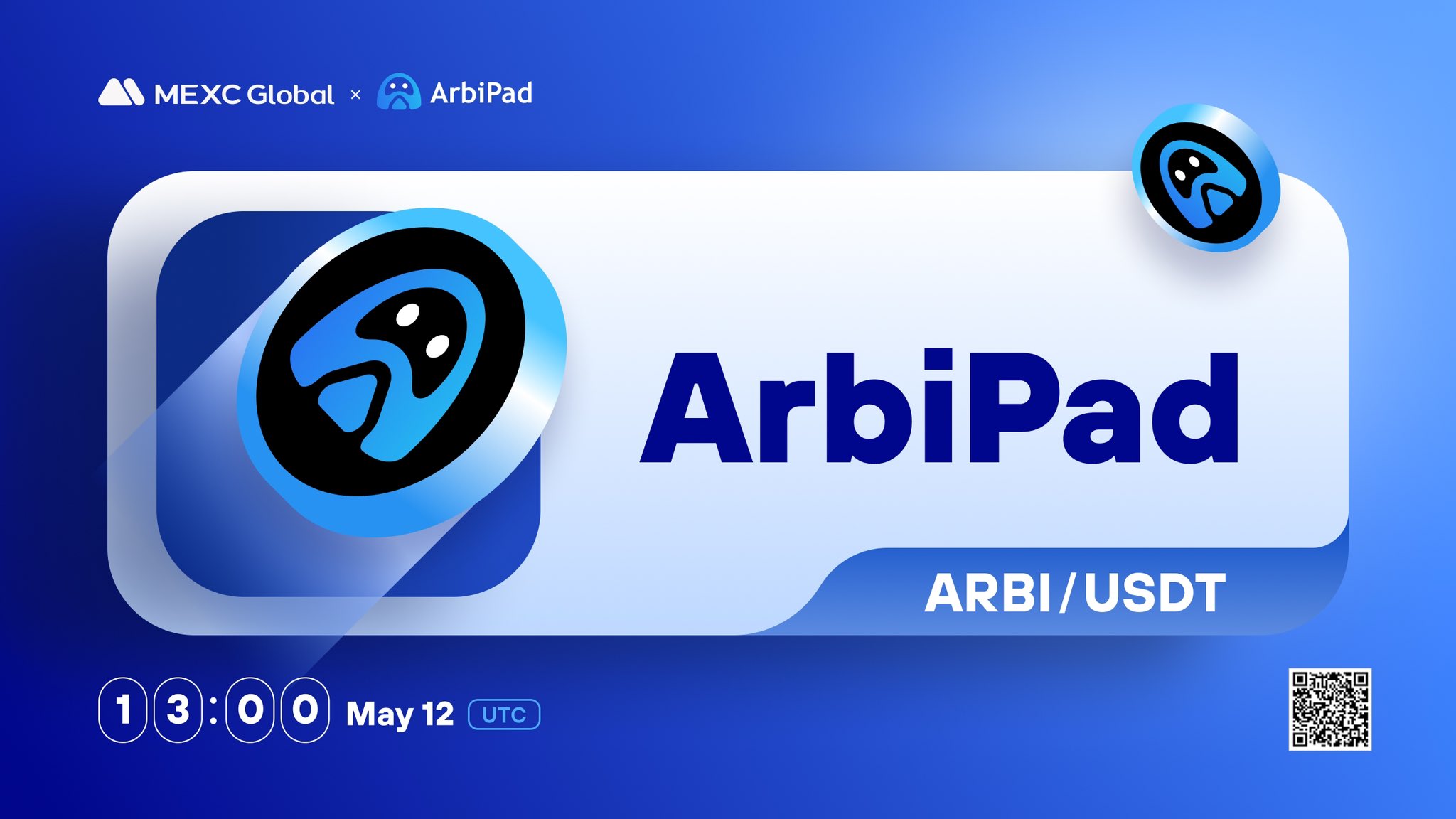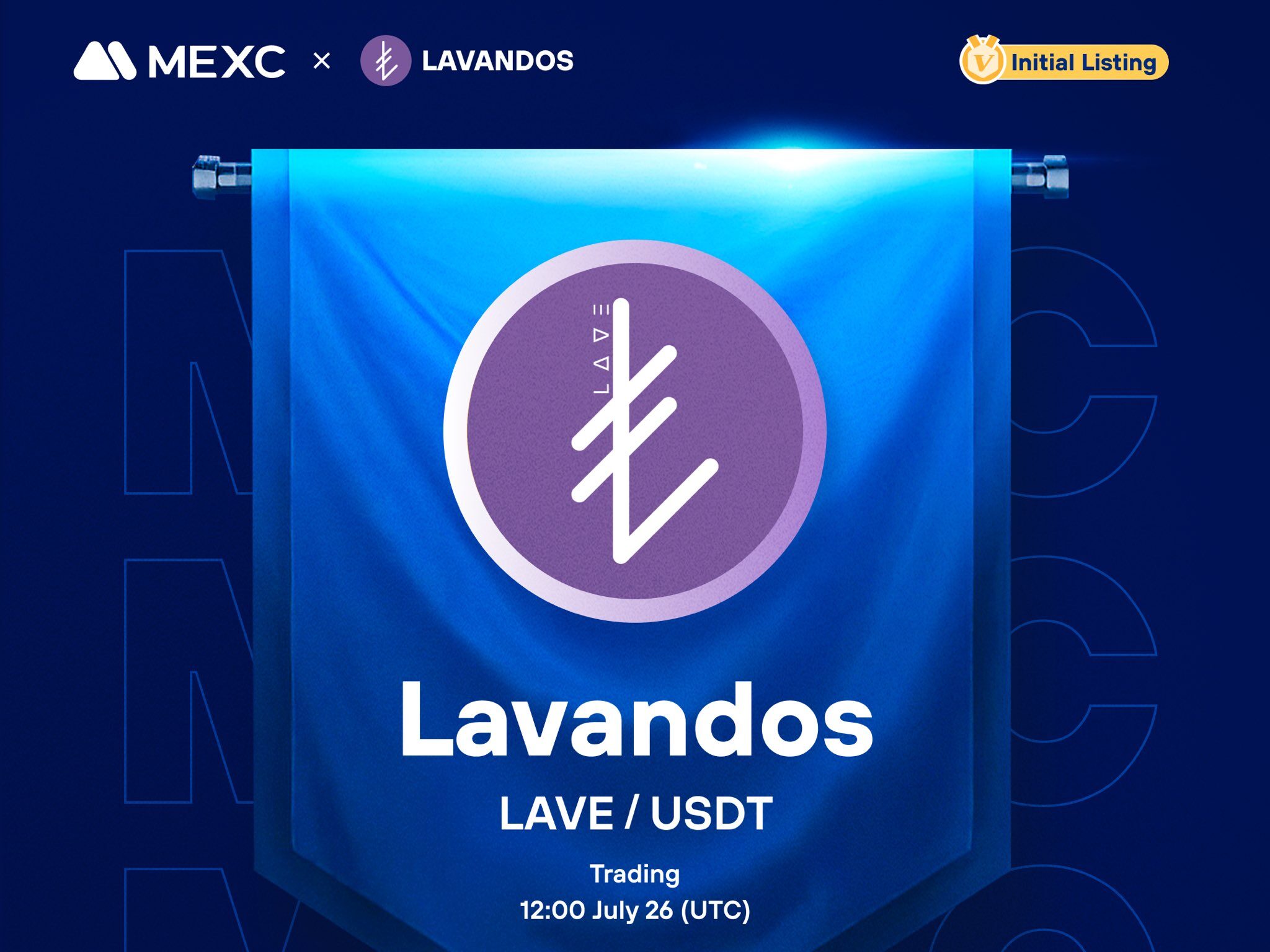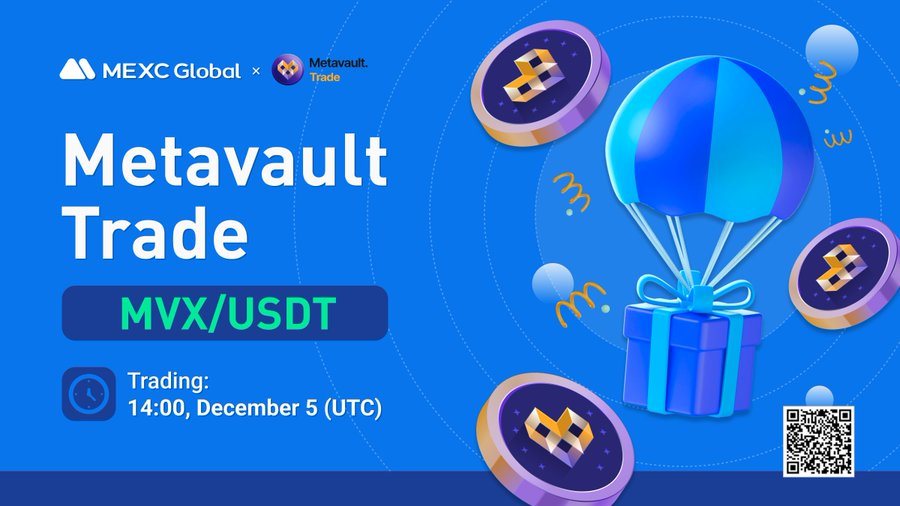The Open Network (TON), or TON Blockchain, is a decentralized network initiated by Telegram and launched in 2018. It aims to offer a platform for decentralized applications (dApps) and smart contracts.
Essential information for their token is available on the MEXC Digital asset introduction page. Furthermore, we are listing (TON/USDT – Trade it here) on the Innovation Zone! Check it out now!

What Exactly is The Open Network (TON)?
The Open Network (TON) is a decentralized, layer-1 blockchain initially developed by the Durov brothers. They are also the founders of the popular messaging app Telegram. TON is engineered to deliver a high-performance blockchain that can support large-scale applications and transactions. Unlike many other blockchain initiatives spearheaded by single entities or small groups, TON is notable for its shift to a community-driven development model. After Telegram withdrew due to regulatory issues, a global developer community assumed control of the project, preserving its decentralized ethos and open-source protocol.
How Does The Open Network Work?
TON’s architecture is designed to achieve a staggering 1 million transactions per second (tps). This is possible due to its unique structure consisting of a master blockchain (masterchain) and multiple working blockchains (workchains).
The masterchain acts as the central repository for the network’s overall information. It includes details about validators, workchains, their shards, and the hashes of the most recent blocks from workchains and shardchains.
Workchains handle specific tasks, such as smart contract transactions and value transfers. These workchains can be further divided into shard blockchains (shardchains), which manage transactions for specific subsets of accounts. This sharding mechanism significantly reduces the likelihood of network congestion by horizontally splitting the database, thereby easing the network load.
Here are some key metrics of TON’s architecture:
- Block Time: The network boasts a block time of just 5 seconds.
- Sharding Capacity: Each workchain can be divided into up to 260 shards, greatly reducing network stress and congestion.
- Consensus Mechanism: TON uses a proof of stake mechanism for achieving consensus.
- Finality Time: Transactions achieve finality in under 6 seconds, making the network extremely fast.
For comparison, Ethereum plans to implement shard chains capable of splitting into 26 shards, highlighting TON’s advanced scalability.
Key Features of TON Blockchain
Adaptive Infinite Sharded Multi-Chain Architecture
The Open Network (TON) blockchain employs an adaptive infinite-sharded multi-chain architecture. This design starts with individual account chains grouped into shard chains, which can interact within and across themselves. This configuration enables parallel transaction processing across multiple chains, It effectively creates a “blockchain of blockchains” that greatly enhances the network’s scalability and flexibility.
Asynchronous Message Delivery and Hypercube Routing Mechanism
TON’s architecture includes asynchronous message delivery. It allows transactions and message exchanges to occur independently and in parallel without needing synchronous processing. This feature is vital for scaling the network efficiently. Additionally, TON uses a hypercube routing mechanism to route messages between shard chains. It minimizes latency and maximizes throughput by ensuring messages travel through the shortest possible paths within the network.
Cross-Shard Transactions
A standout feature of TON is its ability to handle cross-shard transactions effectively. These transactions, which involve exchanging data or value across different shards, are essential for maintaining high throughput and scalability. TON achieves seamless communication between shards through advanced routing mechanisms utilizing a hypercube structure, which minimizes latency and maximizes efficiency.
Scalability through Dynamic Sharding
Dynamic sharding is a crucial feature of TON. It allows the network to adapt to changes in load by splitting and merging shard chains as needed. This adaptability ensures the network can scale efficiently and maintain high performance regardless of transaction volumes.
Proof of Stake (PoS) Consensus Mechanism
TON operates on a Proof of Stake (PoS) consensus mechanism. It is more energy-efficient compared to the traditional Proof of Work model used by networks like Bitcoin. This approach reduces environmental impact and enhances transaction speeds and network scalability. Validators are chosen based on their stake in the network, promoting a secure and decentralized validation process. This energy-efficient PoS mechanism also helps maintain low transaction fees, making it economical for users to perform transactions and participate in network activities.
TON Virtual Machine (TVM)
The TON Virtual Machine (TVM) is a critical component of the TON blockchain. It serves as the execution environment for smart contracts. Similar to the Ethereum Virtual Machine (EVM), the TVM processes and executes smart contracts and handles the network’s state transitions. It is designed to handle various operations needed for smart contracts, such as parsing incoming messages, managing persistent data, and creating new messages. The TVM supports multiple cryptographic methods and arithmetic operations, enhancing its security and versatility, and is capable of executing complex financial and mathematical contracts efficiently.
This architecture supports high transaction throughput and scalability, aligning with TON’s goal of accommodating billions of users and transactions. Recent updates to the TVM have expanded its capabilities, introducing enhanced cryptography and new instructions to streamline smart contract development and improve overall network performance.
How Has The Open Network Developed Over the Years?
The Founding Journey
Initially conceptualized and developed by the Durov brothers, the founders of Telegram, the TON blockchain aimed to create a high-performance blockchain platform integrated with the popular messaging app. In early 2018, TON gained substantial attention through an initial coin offering (ICO) that raised approximately $1.7 billion. However, the project encountered a significant challenge in October 2019. The U.S. Securities and Exchange Commission (SEC) filed a lawsuit against Telegram, alleging that the ICO constituted an unregistered securities sale.
In response to the SEC’s legal action, Telegram agreed to postpone the launch of TON and eventually decided to abandon the project in May 2020. They returned funds to investors and agreed to a settlement with the SEC. Despite this setback, the open-source community continued to develop TON independently. By late 2020, the project had transitioned into the hands of a decentralized community of developers and enthusiasts, dubbed NewTON, who were determined to carry forward the original vision of a scalable and efficient blockchain platform. In 2021, it rebranded to the TON Foundation.
Improvements From the TON Community
Throughout 2021 and 2022, the TON community made significant strides in refining the network’s architecture, implementing dynamic sharding, and enhancing its Proof-of-Stake consensus mechanism. These efforts culminated in the launch of various decentralized applications and services built on the TON platform, showcasing its capabilities in areas such as DeFi, data storage, and tokenization.
Despite no longer being officially involved in the development of TON, Telegram Messenger has continued to support the platform. In September 2023, Telegram integrated the TON Space self-custodial wallet into its messenger platform, which had over 800 million active monthly users at that time. In March 2024, Telegram introduced an ad revenue-sharing system for channel owners that will pay out exclusively in toncoin and feature a 50:50 revenue split between the platform and channel operators.
On May 27, 2024, the total value locked on TON crossed $300 million for the first time. This is a more than tenfold increase since March, amid an ongoing incentive program for community rewards rolled out by the TON Foundation.
Use Cases of Toncoin (TON)
Toncoin, the native token of The Open Network (TON), serves multiple critical functions within its ecosystem. Primarily, it fuels the operation of decentralized applications (dApps) on the network. Beyond facilitating application development, Toncoin is essential for processing transactions across TON’s network, including covering fees for cross-chain exchanges.
Network Security and Staking
Toncoin is pivotal in maintaining network security through its staking mechanisms. Stakers use Toncoin to validate transactions, thereby securing the network and its services. This process not only enhances blockchain security but also rewards stakers for their participation, fostering a robust and secure environment.
Decentralized Services
Toncoin also supports decentralized services such as TON DNS and TON Proxy. These services rely on Toncoin for payments, ensuring smooth and efficient operation across the network’s decentralized functionalities.
Governance
In terms of governance, Toncoin is used on the TON VOTE platform, enabling the community to partake in decision-making processes. This voting system allows token holders to influence the developmental trajectory and policy changes within the TON ecosystem, ensuring that the community has a voice in shaping the network’s future.
Integration with Telegram
Toncoin is seamlessly integrated into Telegram, allowing users to make commission-free crypto transfers directly through the app to any Telegram user. This integration enhances the utility and accessibility of Toncoin, enabling its use in various decentralized applications within Telegram. As a result, everyday users can easily engage with the cryptocurrency.
Ad Revenue Sharing
In March 2024, Telegram announced a new initiative to share 50% of ad revenue with channel owners, with payments settled on the TON blockchain and distributed in Toncoin. This announcement caused Toncoin’s value to surge by 40%, highlighting its real-world use case linked to Telegram and providing a significant boost to its adoption and utility.
Where to buy TON Token
You can find TON Tokens here at MEXC! We are listing TON/USDT in our Innovation Zone! Furthermore, you can receive 100% spot trading fee discounts while holding MX tokens. Get yours now!
What is the Price of TON Tokens?
The TON Token is currently trading at MEXC with a live price of $7.608. You can check the live price of their token right here!
How to buy TON Tokens on MEXC
You can buy TON Tokens on MEXC by following the steps:
- Log in to your MEXC account. Click on [Spot].
- Search “TON” using the search bar to see the available trading pairs. Take TON/USDT as an example.
- Scroll down and go to the [Spot] box. Enter the amount of TON you want to buy. You can choose from opening a Limit order, a Market order, or a Stop-limit order. Take Market order as an example. Click [Buy TON] to confirm your order. You will find the purchased TON in your Spot Wallet.
You can find a detailed guide on how to buy TON Tokens here.
Get Free Airdrops with MEXC Launchpad!
Did you know MEXC gives out 50+ free airdrops weekly? Launchpad and Kickstarter events ensure that all our loyal MX token HODLers receive a ton of new tokens! Learn all about it at our MX Zone now!
Meanwhile, check out all of the listings in the Innovation and Assessment zones as well as the major tokens in the Main Zone – we have more amazing projects to come! Visit the Hot Trending section as well to uncover more featured popular tokens. Lastly, feel free to visit MEXC Academy to learn more about cryptocurrency!
Join MEXC and Get up to $10,000 Bonus!
Sign Up


